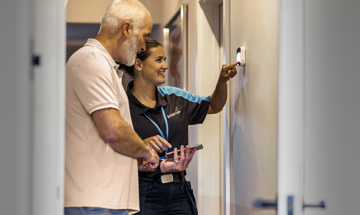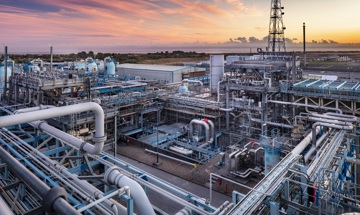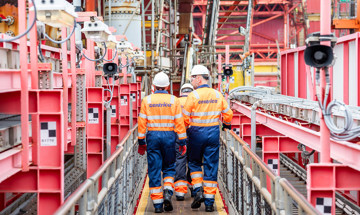Construction is complete on Centrica’s new 20MW hydrogen-blend-ready gas-fired peaking plant in Worcestershire, transforming the previously decommissioned Redditch power plant.
The plant is designed to support times of high or peak demand for electricity. Peaking plants only operate when production from renewables can’t meet demand, supporting the energy transition by maintaining a stable electricity supply. The Redditch site can power the equivalent of 2,000 homes for a full day, helping to maintain stability and reliability on the grid.
The plant is capable of using a blend of natural gas and hydrogen, futureproofing the site and supporting the UK’s transition towards a decarbonised energy system.
The Redditch peaking plant forms part of Centrica’s plans to invest between £600m - £800m a year until 2028 in renewable generation, security of supply, and its customers, including building out a portfolio of flexible energy assets. That includes the redevelopment of several legacy power stations, including the Brigg Energy Park in to a power generation and battery storage asset, and the first power station in the UK to be part-fuelled by hydrogen.
"As we transition to a greener, more flexible grid system, gas-fired power plants like the one at Redditch will help meet the UK’s fluctuating energy needs by providing power to homes and communities."
Gregory McKenna, managing director at Centrica Business Solutions
Gregory McKenna, managing director at Centrica Business Solutions, said: “As we transition to a greener, more flexible grid system, gas-fired power plants like the one at Redditch will help meet the UK’s fluctuating energy needs by providing power to homes and communities when demand outweighs supply. We have ambitious plans to build out a portfolio of flexible assets which will play a critical role as the safety net for the grid.”
The site was formerly a diesel fuelled power station. The company has carried out remediation works around the site and in an adjacent stream to improve the local environment as part of the construction process. The site is under final testing, with first generation likely in mid-March 2024.

News
Centrica outlines new commitments on net zero and accelerates decarbonisation plan
Net Zero

News
Perfect storm reduces UK winter gas storage to ‘concerningly low’ levels
Net Zero

News
Centrica announces extension to the lives of four nuclear power stations
Net Zero

News
Rough responds to manage demand from early winter
Net Zero

News
Large scale hydrogen storage sites could reduce customer energy costs by £1bn per year
Sustainability

News
Centrica, Bosch and Ceres launch whitepaper around the role of hydrogen in decarbonising the UK
Sustainability
